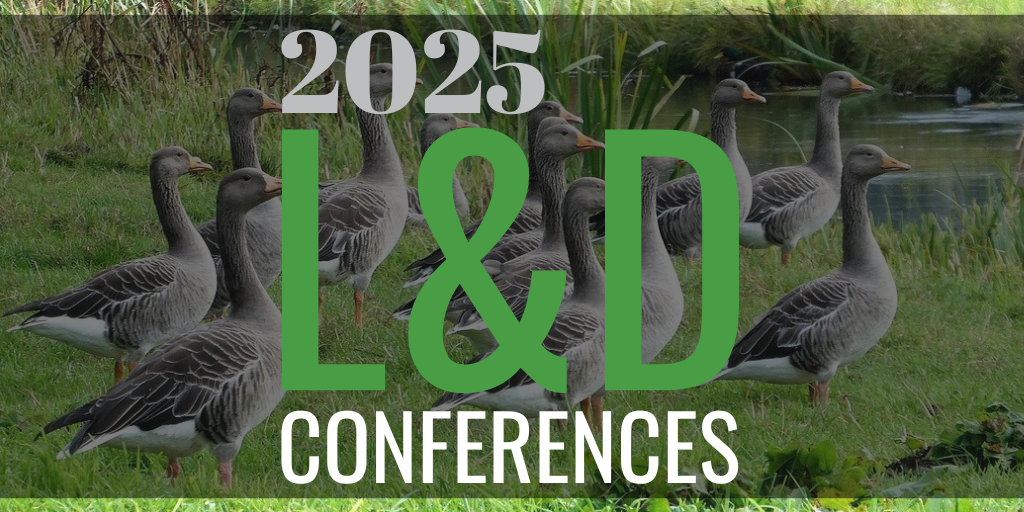Check out a great blog article
/One of the blogs I subscribe to is eLearning Technology by Tony Karrer (www.elearningtech.blogspot.com). Dr. Tony Karrer, considered one of the top technologists in e-Learning, is the CEO/CTO of TechEmpower, a software, web and eLearning development firm out of L.A. His blog post on Monday, January 18th, 2010, titled “Top 10 eLearning Predictions for 2010: eLearning Technology” is a really interesting read.
My favorite prediction is #2: Convergence Ramps Up Big Time which focuses on the huge growth of mobile devices and how they’ll have an impact on workplace learning solutions as an alternative platform. Stephanie and I have worked with clients who are challenged by workforces that are diverse and scattered around the globe. We’ve seen the potential for using smartphones, such as the Blackberry, as a vehicle to push bite-sized just-in-time learning content to their employees 24/7. If you’re interested in learning more about mobile learning, contact us here at Limestone Learning Solutions.
In the meantime, grab a cup of coffee or tea and check out the article. It’s a good read – and don’t miss prediction #10.





